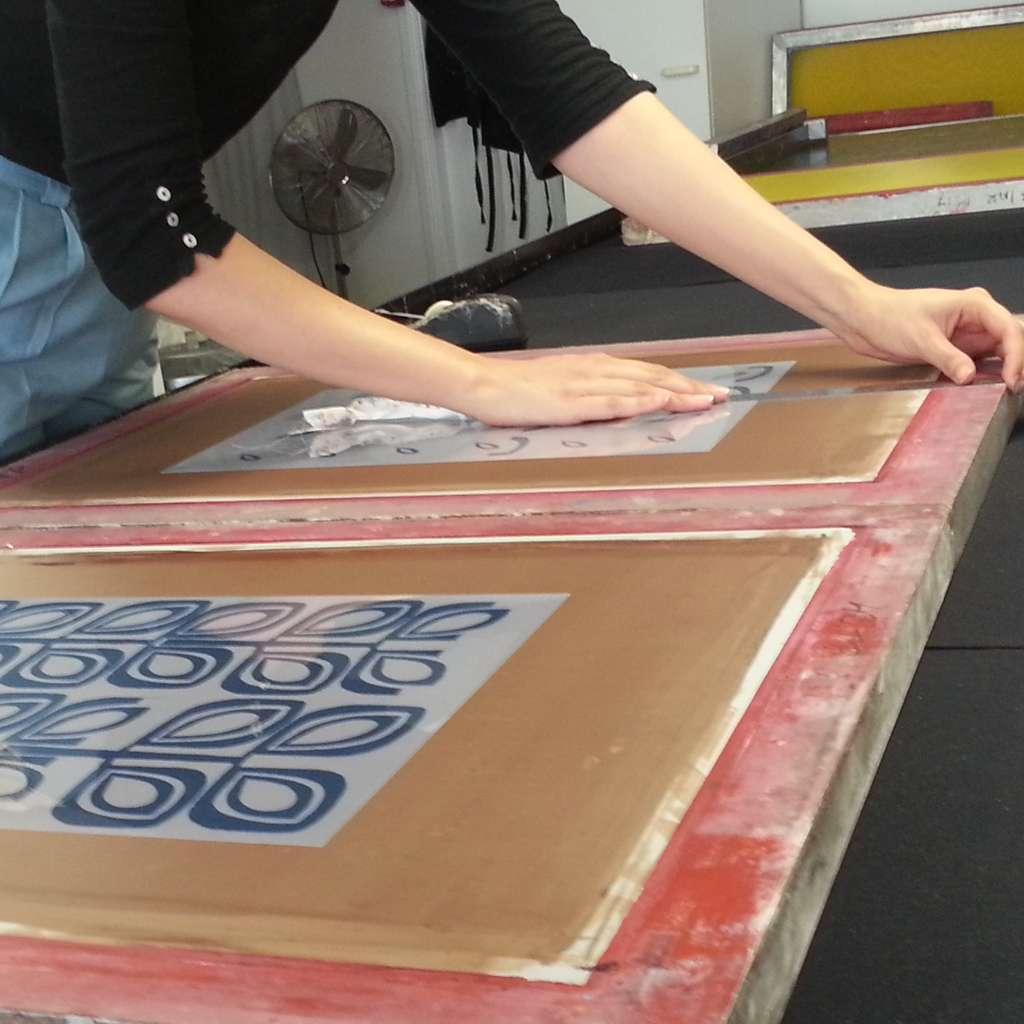
It was discovered that by supporting a stencil on a mesh, designs could be printed without the ‘bridge line’ connecting central parts of a design (for example the central circle of a stencil for the letter O). The origins of screen print come from ancient China during the Song Dynasty Art era (960-1279), where the medium was developed as a more advanced stencil printing technique.

This means each colour will require its own stencil or screen. Printing through a stencil means that images are printed one colour layer at a time and gradually built up until a design is complete. For example creating a stencil out of paper is far quicker than exposing a screen using light-sensitive emulsion however you would only manage to get a handful of prints before the stencil starts breaking down, whereas an emulsion exposed screen will be far more hard wearing, allowing you to print thousands of images. There is no right or wrong way of creating a stencil but different methods are beneficial in different situations. Stencils can be created a number of ways including using paper, tape, painting a non-permeable substance onto the mesh or by using a light-sensitive emulsion (similar to exposing a photograph). When preparing a screen for printing, the non print areas of the mesh are blocked, creating a stencil that allows the ink to only pass through the image or ‘open’ areas of the screen.


Sometimes this printing method is called ‘serigraphy’, ‘silk screen printing’ or ‘silkscreening’ in reference to the material originally used as the mesh on screens, nowadays this material is more commonly a synthetic fabric such as nylon.


 0 kommentar(er)
0 kommentar(er)
